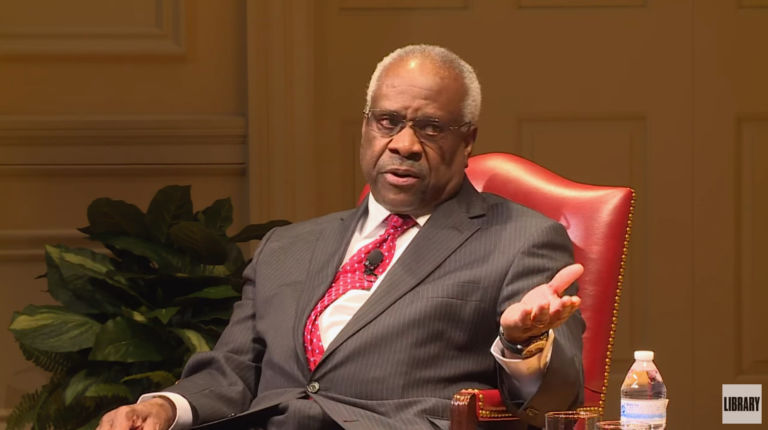This weekly newsletter, focused on environmental issues, highlights relevant analysis done by the John Locke Foundation and other think tanks, as well as items in the news.
1. Spain dumping its subsidies for renewables — $31 billion in cuts
According to Bloomberg.com, Spain is pulling its subsidies for wind power and solar power, so-called renewable forms of energy.
Spain halted subsidies for renewable energy projects to help curb its budget deficit and rein in power-system borrowings backed by the state that reached 24 billion euros ($31 billion) at the end of 2011.
"What is today an energy problem could become a financial problem," Industry Minister Jose Manuel Soria said in Madrid. The government passed a decree today stopping subsidies for new wind, solar, co-generation or waste incineration plants.
This news is particularly telling because Obama has cited Spain as the model for his green jobs initiatives. Studies have shown that for every job "created," or should we say forced, by Spain’s subsidies, the rest of the economy lost 2.2 jobs.
2.Green toilets create pools of yellow at Florida high school
‘It was pretty disgusting,’ school board chairman Frank Barbieri told the South Florida Sun-Sentinel.
‘The girls had to step over a river of urine. I could smell it as soon as I walked into the hallway.’
Spanish River High School in Boca Raton Florida decided to go green by installing waterless urinals in their men’s rooms. Unfortunately, the installation of these toilets and their subsequent use set off a series of chain reactions that led to corroded pipes and urine-soaked floors and walls.
Students at a high school in Boca Raton, Florida, must step over rivers of urine and endure the stench of rancid waste after a plan to bring ‘green’ waterless urinals into bathrooms backfired. …
But with no water moving through the school’s copper pipes to flush the urine into the sewer system, the waste produced noxious gases that ate through the metal, leaving leaky pipes that allowed urine to drip into walls and flow onto floors. …
Now, the school district, which was hoping to save $100 a year in water costs for each waterless urinal, must pay $500,000 to repair the damage and replace the appliances with the traditional flush variety in four high schools.
3. No news to JLF followers: Ozone not correlated with hospitalization
Several years ago the John Locke Foundation looked at the relationship between childhood emergency hospitalizations for asthma in the state of North Carolina and numbers of high-ozone days. To our surprise, we found that the relationship was negative. That is, the counties with the highest number of high-ozone days actually had the fewest emergency hospitalizations for asthma. Of course this goes counter to the argument that high levels of ozone, or at least ozone levels that exceed the federal standards, stimulate more asthma attacks.
Steve Milloy over at Junk Science.com has decided to take a similar look at the smoggiest county in the country, Los Angeles, CA. In particular, he looked at admissions for asthma at the VA West Lost Angeles Medical Center. Interestingly enough, there was no correlation between hospitalizations for asthma and ozone levels. He did the same for fine particle particulate matter (PM2.5) and got the same results. The conclusion?
These results indicate that maximum ozone and fine particulate matter levels in the Los Angeles area were not correlated with admissions for asthma at the VA West Los Angeles Medical Center for the period January 1, 2010 to December 31, 2011.
The Los Angeles metropolitan area has some of the worst air quality in America.
If ambient O3 and PM2.5 were associated with hospital admissions for asthma, one could reasonably expect to find a correlation in these data. But we did not.
Here’s another interesting fact. Over the last 30 years, incidences of asthma in the United States has been on the rise. Over that same period ozone levels in every state have fallen dramatically. While it is a well-known principle of statistics that correlation does not imply causation, it is the case that lack of correlation does imply lack of causation.
So how do environmental advocacy groups like the American Lung Association reply to all this? Easy: they ignore it. Can’t let the truth get in the way of our faith-based conclusions.
Click here for the Environmental Update archive.


